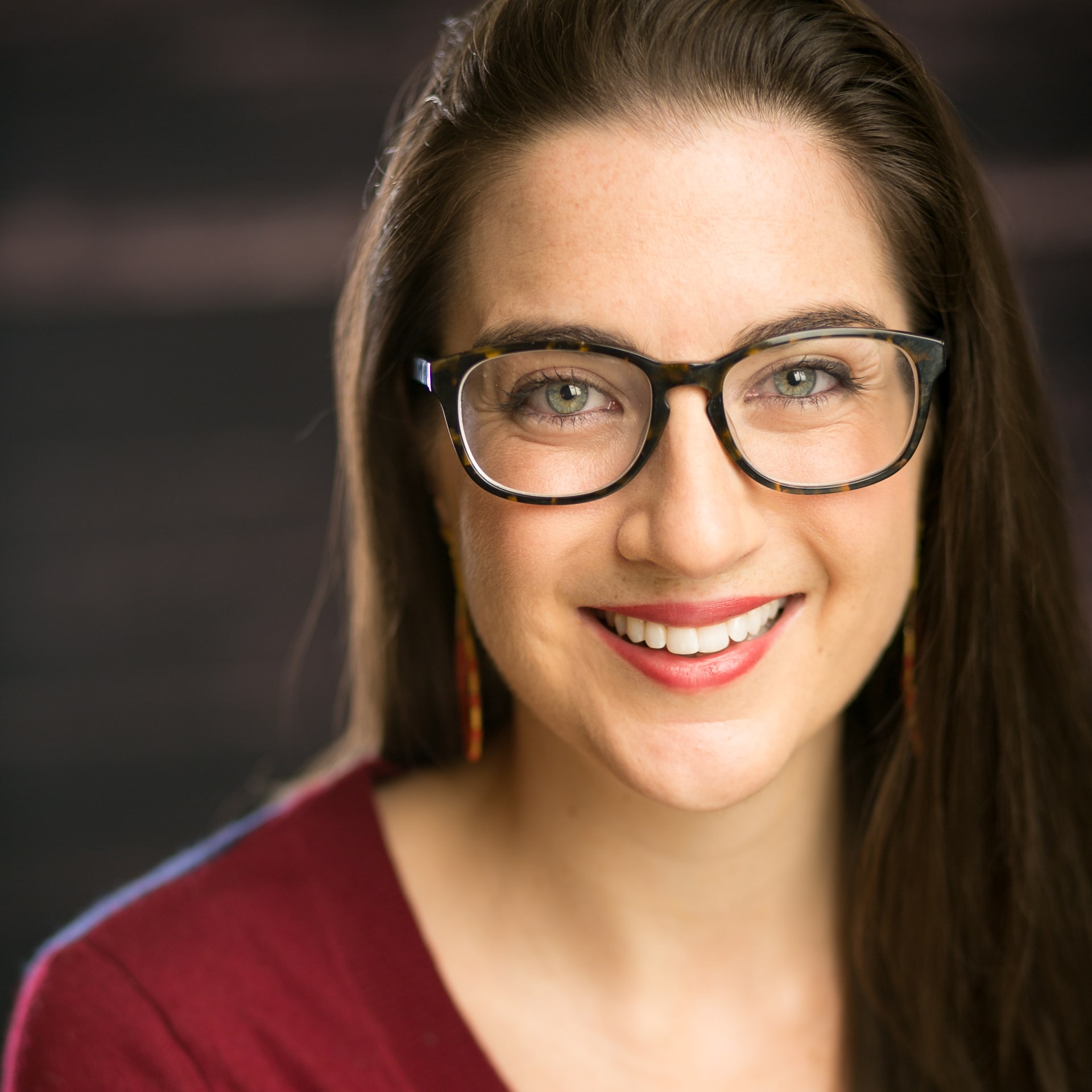At this year’s iNACOL Symposium, most of the sessions I’ve attended so far have addressed two distinct sides of the student experience: social-emotional development and academic growth. For example, the Archway Academy in Dallas presented on its blended-learning model that supports students in recovery from substance abuse. Students at Archway have the opportunity to take courses online (through a partnership with the Bridge School) to catch up on credits and get back on track; in addition, the staff at its brick-and-mortar facility provide social, emotional, and postsecondary guidance to students on their road to recovery.
At another session, the QED Foundation presented on its decade of research and experience cultivating students’ habits of being and habits of mind, a set of noncognitive competencies and skills that undergird its academic model.
And in a third session, Advanced Academics, a full-time online course provider, spoke about its approach to providing online guidance counseling to its students.
In considering this vital balance of academic and nonacademic supports through the lens of disruptive innovation, we might contemplate two distinct visions of how and where disruption plays out:
First, blended learning can disrupt the traditional classroom, which in turn may free up time and money for nonacademic, more individualized face-to-face support and guidance. If we can free up teachers’ time by delivering some academic content online, those adults may be able to double down on higher-touch activities and supports for students. So far, I think we are more familiar with blended learning freeing up time for more individualized instruction—for example, teachers using Station Rotation models in elementary schools to create more opportunities for small-group instruction. But who’s to say that those resources couldn’t be effectively redirected to nonacademic supports as well? Archway is one example of this model—by using online learning it not only offers students a wider array of self-paced academic pathways, but can also set aside more resources for effective face-to-face social and emotional support.
A second set of disruptive innovations might reimagine the very concept of guidance and how we can deliver nonacademic supports in a more student-centered manner. This shift is more difficult to grasp in part because guidance counseling is an incredibly capacious concept—depending on the school, a guidance counselor may be responsible for doing everything from tracking credits, to arranging internships, to keeping students on top of college applications, standardized tests, and scholarships, not to mention providing emotional or psychological support to students. As with our factory-based academic models, “individualized” guidance is still out of reach: the American School Counselor Association (ASCA) recommends a ratio of 250 students to every one counselor. If budgets for school counselors aren’t changing anytime soon, a disruptive technology might effectively lower that ratio by providing a subset of targeted supports that in turn lessen or shift counselors’ enormous caseload. Could new tools nail some of the various jobs that a counselor does—tracking student progress, providing social and emotional support, and offering college and career guidance—to free up the counselor to intervene and support students in more effective ways?
The answer is not yet clear, as noncognitive supports seem to be trailing academic content in the online-learning space. Advanced Academics’ structure is a testament to the fact that counselors’ jobs in traditional schools may be too broad: the company realized that clerical and actual counseling responsibilities needed to be unbundled, so it created a Registrar’s office to offload counselors’ administrative responsibilities and free up their time to focus on supporting students.
Other than this shift, Advanced Academics’ actually appears to be taking guidance counseling practices online in a manner that sustains traditional face-to-face counseling, rather than disrupts it. In fact, the company is finding that counseling online can actually be more time- and resource-intensive than counseling in person. As one presenter explained, you have to “track down” students more vigilantly when you are remote, rather than simply being able to find them roaming the hallways of a school building. If this is the case, online guidance counseling offers little disruptive potential, since disruptions are by definition cheaper, easier to use technologies, rather than more expensive, time-intensive endeavors. The exception to this is of course the potential that online guidance counseling holds to expand access: a program like Advanced Academics might gain a disruptive foothold by targeting areas of nonconsumption, providing counseling to students who are currently unable to access supports due to geographic or other constraints.
Aside from virtual schools providing guidance to their full-time students, there are a number of products trying to target postsecondary planning more efficiently than traditional counselors can accomplish. Groups like Edready and companies like Mytonomy are designed to arm students with information about how to accomplish their postsecondary and career goals. Such products hold promise for providing more real-time, detailed, personalized information on college and career readiness than a highly-burdened guidance counselor can; it’s too early, however, to tell how effectively these technologies are shaping student behaviors and decision-making. Unlike Advanced Academic’s fully online model, such technologies may reflect the growth of “blended” counseling in the future. Much like blended classrooms, these technologies can allow guidance counselors to cede some of their tasks to online tools and platforms, in turn freeing up time for face-to-face social-emotional support at the heart of traditional counseling.
The iNACOL Symposium is an inspiring reminder of how quickly we are expanding access to online learning for students around the world. These three sessions were a helpful reminder that academic software must be paired with innovation around the suite of nonacademic supports that students need and deserve.


